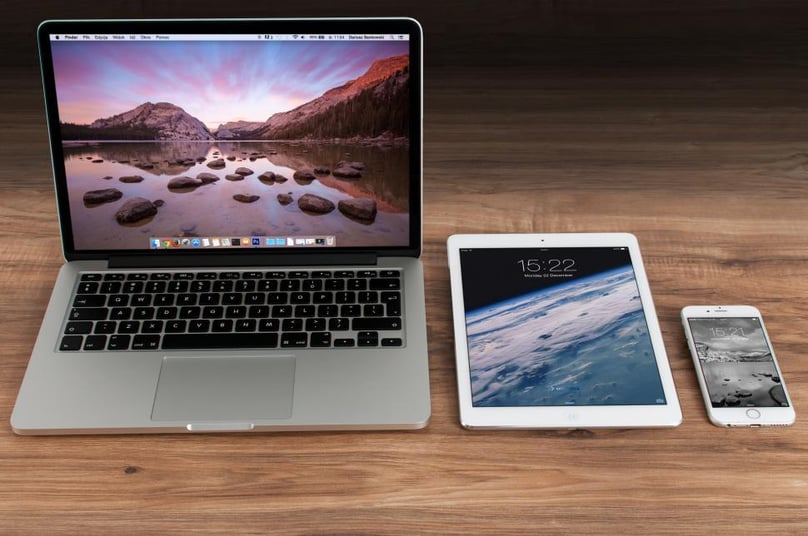Times have changed, and so has retirement life, thanks to user-friendly and manageable technology. Retirees today are increasingly using devices such as smartphones, smartwatches, and other gadgets to remain healthy, safe, and connected. Just as pivotal as the advent of the internet, tools like AI, ChatGPT are proving transformative as they enable older adults, and crucially their healthcare providers, to gather information and insights conversationally, a feat that was not imaginable before.
Technology is no longer exclusive to younger audiences. A host of devices have been engineered specifically for elderly consumers, making once complex technology user-friendly, affordable, and at times, enjoyable. The array of options range from motion sensor lights to prevent falls to watches that monitor heart rhythms, offering retirees an opportunity to live safer and healthier lives.
Technology is a boon for those living in remote areas or alone. With the help of smart speakers and motion sensors, it ensures safety and keeps them connected to their loved ones. Simple tasks like turning on the lights and music can morph into a lifeline over time, with reminders to take medication, alerts during periods of inactivity, and an easy means to call for help.
Wearable health monitors like the Apple Watch and Fitbit are gaining popularity among retirees. These devices track sleep patterns, step count, and irregular heart rhythms, flagging potential health issues before they escalate. Added to this, the advent of telehealth, particularly during the pandemic, has allowed retirees to consult with doctors from the comfort of their homes. This ease in accessibility also circumvents the need for unnecessary trips to the hospital.
Tech companies are increasingly recognizing the importance of their elderly consumer base, optimizing app and software design to cater to all ages and levels of tech-savvy. Organizations like AARP, the Consumer Technology Association (CTA), CTA Foundation, Best Buy Health, and IEEE are pioneering usability and accessibility for older adults.
Certain financial apps like EverSafe and SilverBills have been developed exclusively for elderly users. These apps facilitate bill payments, alert the user to unusual activity, and provide selected family members the ability to oversee accounts without impinging on the user's privacy. Other health apps that range from wellness to daily stretch routines to health logs that sync with your doctor's account are helping manage health and promote independence during retirement.
With older adults projected to outnumber children by 2034 in the U.S., technology is playing a crucial role in enhancing their social connectivity. Options such as texts, video calls, and various digital platforms are ensuring that retirees - even those living alone - remain socially engaged. As Orlov points out, social media, text messaging, group chats, and even captioned telephones can prove useful in curbing social isolation in older populations.
Moreover, the internet offers a plethora of activities for retired individuals, including group fitness classes on YouTube, digital book clubs, and even dating apps specifically designed for the elderly.
In conclusion, technology has reshaped retirement, enabling elderly individuals to manage their health, finances, and social lives more effectively. From wearable devices to digital platforms, modern technology is aiding retirees in leading a fuller, healthier, and more connected life.

